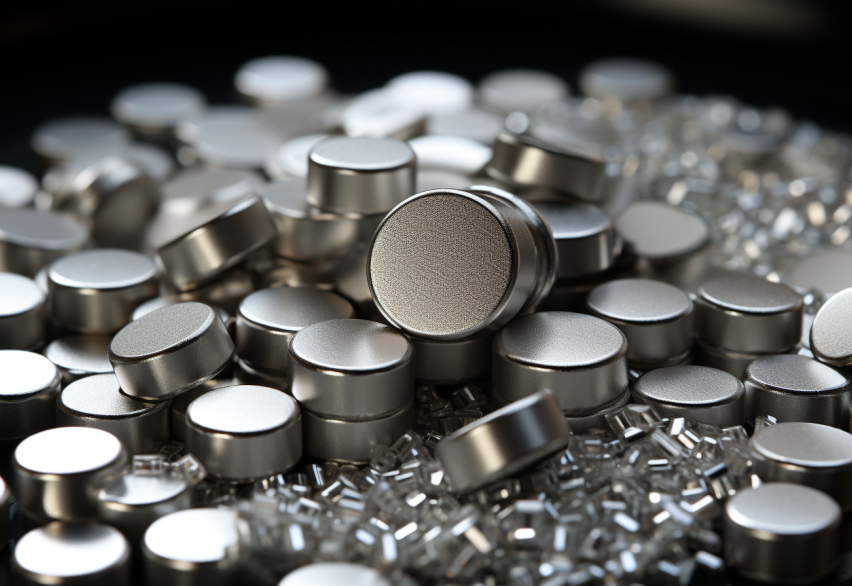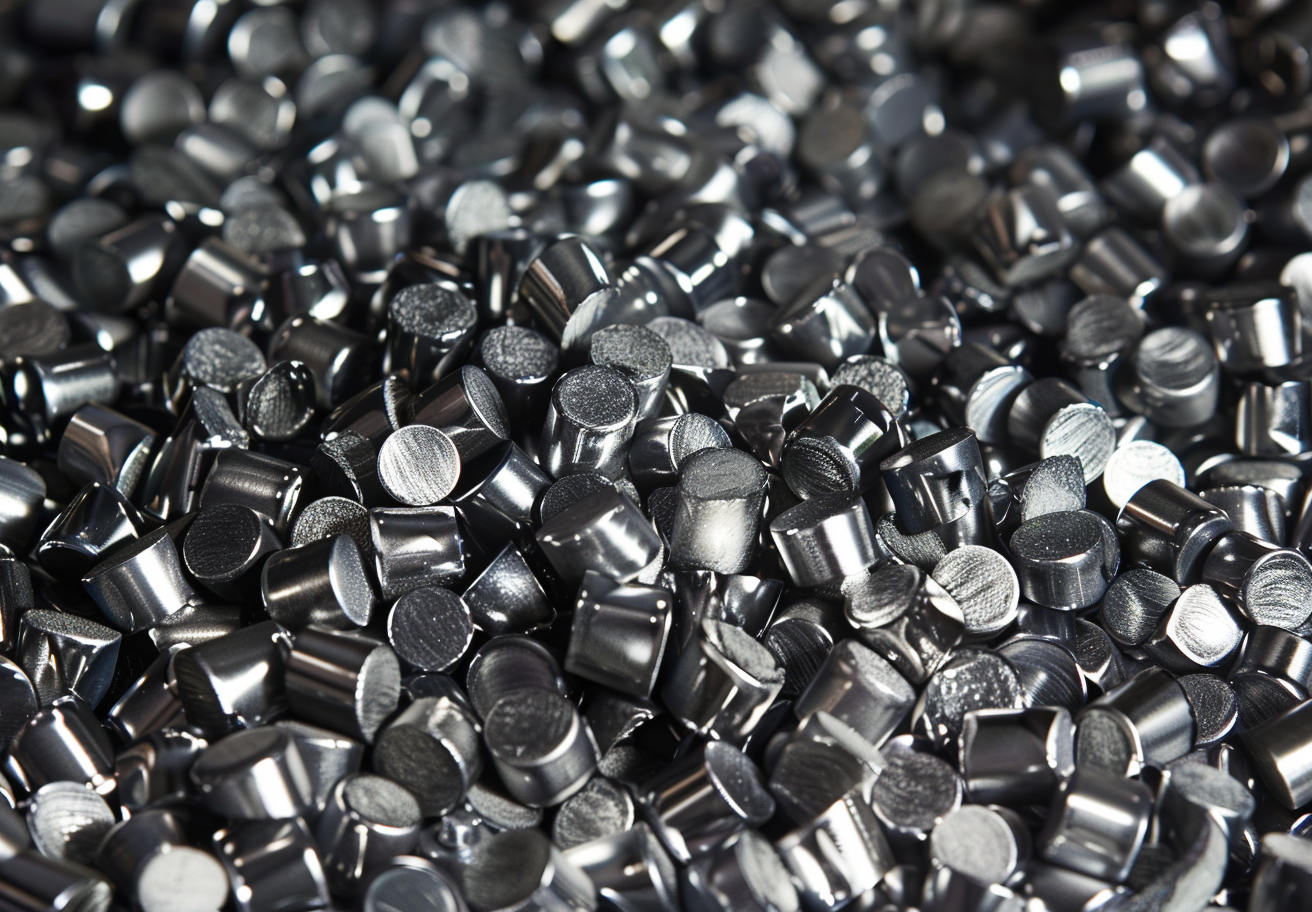Evaporation materials play a crucial role in the physical vapor deposition (PVD) processes within the coating industry. These materials, which can be metals, alloys, ceramics, or composites, are used to create thin films on various substrates by heating them to a vapor phase, which then condenses onto the substrate to form a coating. This article will delve into the working principles of evaporation materials, the equipment used, and their applications and advantages.
Working Principles of Evaporation Materials
The fundamental working principle of evaporation materials in the PVD process involves several key steps:
- Heating and Evaporation: The evaporation material is placed on a heating source inside a vacuum chamber. This heating source can be an electron beam heater, a thermal resistance heater, or other heating devices. As the material absorbs heat, its temperature increases.
- Vaporization: Once the material reaches its evaporation temperature, it begins to vaporize. Different materials have varying evaporation temperatures, and selecting the appropriate heating temperature is essential for efficient vaporization.
- Vapor Transport: In the vacuum environment, the vaporized material moves towards the substrate. The vacuum reduces contamination from air impurities, ensuring the purity and quality of the thin film.
- Condensation and Film Formation: When the vaporized material reaches the cooler substrate, it condenses and forms a uniform thin film. The deposition rate and film thickness can be controlled by adjusting the evaporation rate and time.
- Film Growth: During the deposition process, the vaporized material accumulates on the substrate, gradually forming a thin film of the desired thickness. Precise control over the evaporation parameters allows for the creation of films with specific properties and characteristics.
Key Equipment and Technologies
Several key equipment and technologies are essential for the successful application of evaporation materials in the PVD process:
- Electron Beam Evaporation (E-Beam Evaporation): This technique uses an electron beam to heat the evaporation material. The high energy of the electron beam makes it suitable for materials with high melting points, such as refractory metals and ceramics. The process allows for precise control of the deposition rate and film thickness.
- Thermal Evaporation: In this method, the material is heated using thermal resistance. This technique is commonly used for materials with lower melting points. It is a straightforward process that involves heating a filament or boat containing the evaporation material until it vaporizes.
- Molecular Beam Epitaxy (MBE): MBE is a high-precision PVD technology mainly used for fabricating semiconductor thin films. It involves the evaporation of materials in an ultra-high vacuum environment, allowing for the growth of single-crystal layers with atomic-scale precision. PBN (pyrolytic boron nitride) crucibles are often used in this process due to their high purity, chemical inertness, and excellent thermal stability, ensuring precise control and high-quality thin films.
Forms of Evaporation Materials
Evaporation materials come in various forms to suit different PVD applications. The form of the material can significantly impact the efficiency and quality of the deposition process. Common forms include:
- Pellets: Ideal for electron beam and thermal evaporation processes. They offer a consistent and controlled evaporation rate.
- Pieces: Commonly used in medium to small evaporation systems. They are easy to handle and can be quickly replaced.
- Powder: Primarily used in plasma spraying and other specialized processes. Powders provide a large surface area, facilitating rapid vaporization.
- Rods: Used for directional evaporation. They are particularly useful in applications requiring precise control over the deposition direction.
- Wires: Suitable for fine evaporation needs. Wires can be easily manipulated and are often used in applications requiring intricate coatings.

Applications
Evaporation materials are essential in a wide range of applications, including:
- Optical Coatings: Used in anti-reflective coatings, high-reflective coatings, and optical filters. These coatings enhance the performance and durability of optical components.
- Electronic Devices: Employed in semiconductor devices and integrated circuits for metallization layers. They play a critical role in the miniaturization and performance enhancement of electronic components.
- Solar Cells: Utilized in thin-film solar cells such as CIGS and CdTe. These materials help improve the efficiency and stability of solar cells, contributing to the advancement of renewable energy technologies.
- Decorative Coatings: Applied in the decorative plating of watches, jewelry, and eyewear. These coatings provide aesthetic appeal and durability, enhancing the value of consumer products.
Advantages
The use of high-quality evaporation materials in the PVD process offers several advantages:
- High Purity and Quality: The vacuum environment minimizes impurities, ensuring high-purity thin films. This results in superior performance and reliability of the coatings.
- Precise Control: Allows for accurate control of film thickness and composition, meeting diverse application requirements. This precision is critical for advanced technological applications.
- Versatility: Suitable for various materials and substrates, offering broad application potential. This flexibility allows industries to adopt PVD coatings in numerous fields, from electronics to optics.
Conclusion
Evaporation materials are integral to the PVD process in the coating industry, enabling the production of high-quality, high-performance thin films. By understanding the working principles, key equipment, and diverse applications of these materials, industries can leverage their benefits to advance technology and meet specific industrial needs. Stanford Advanced Materials (SAM) provides a wide range of high-performance evaporation materials, ensuring the highest purity and quality for advanced coating applications.





